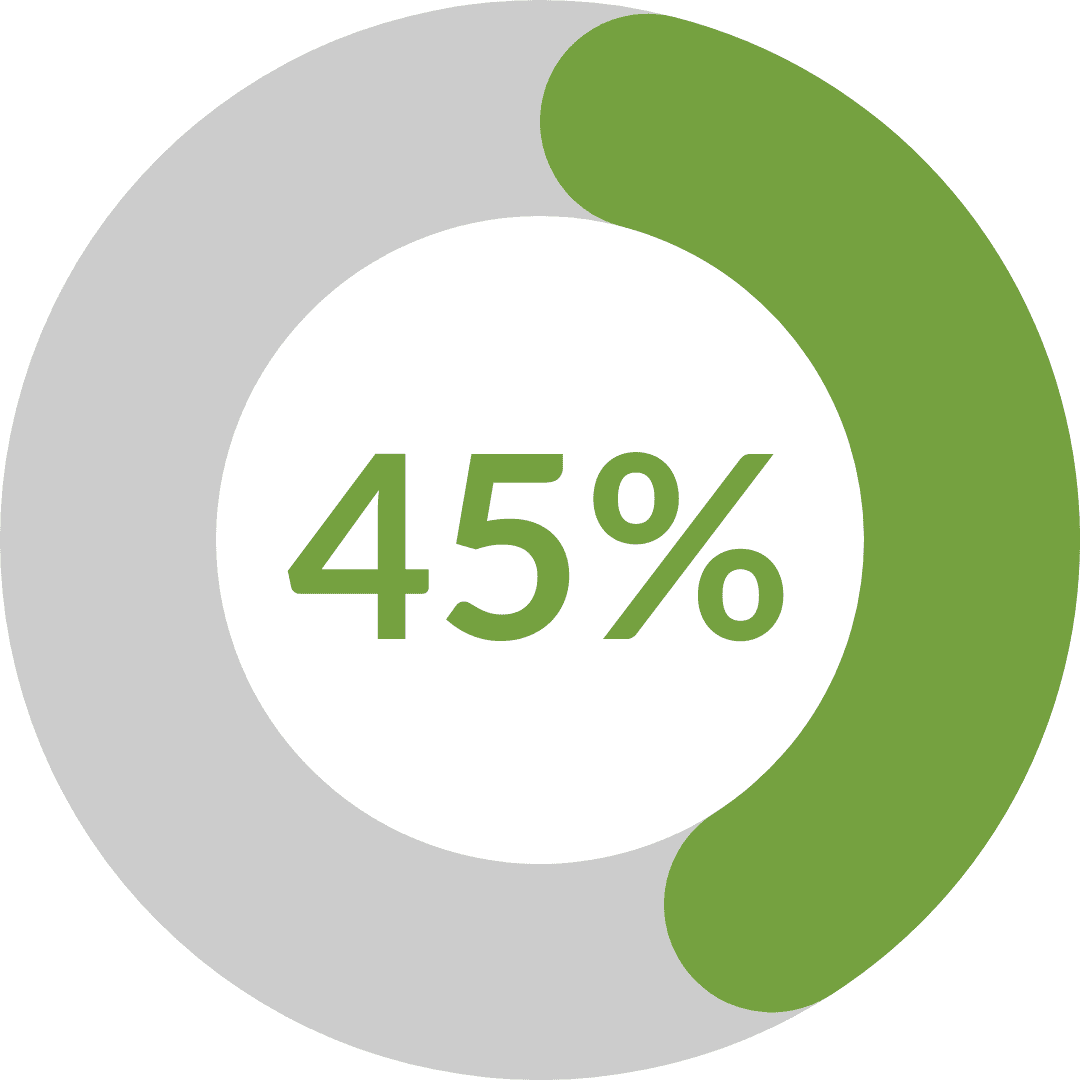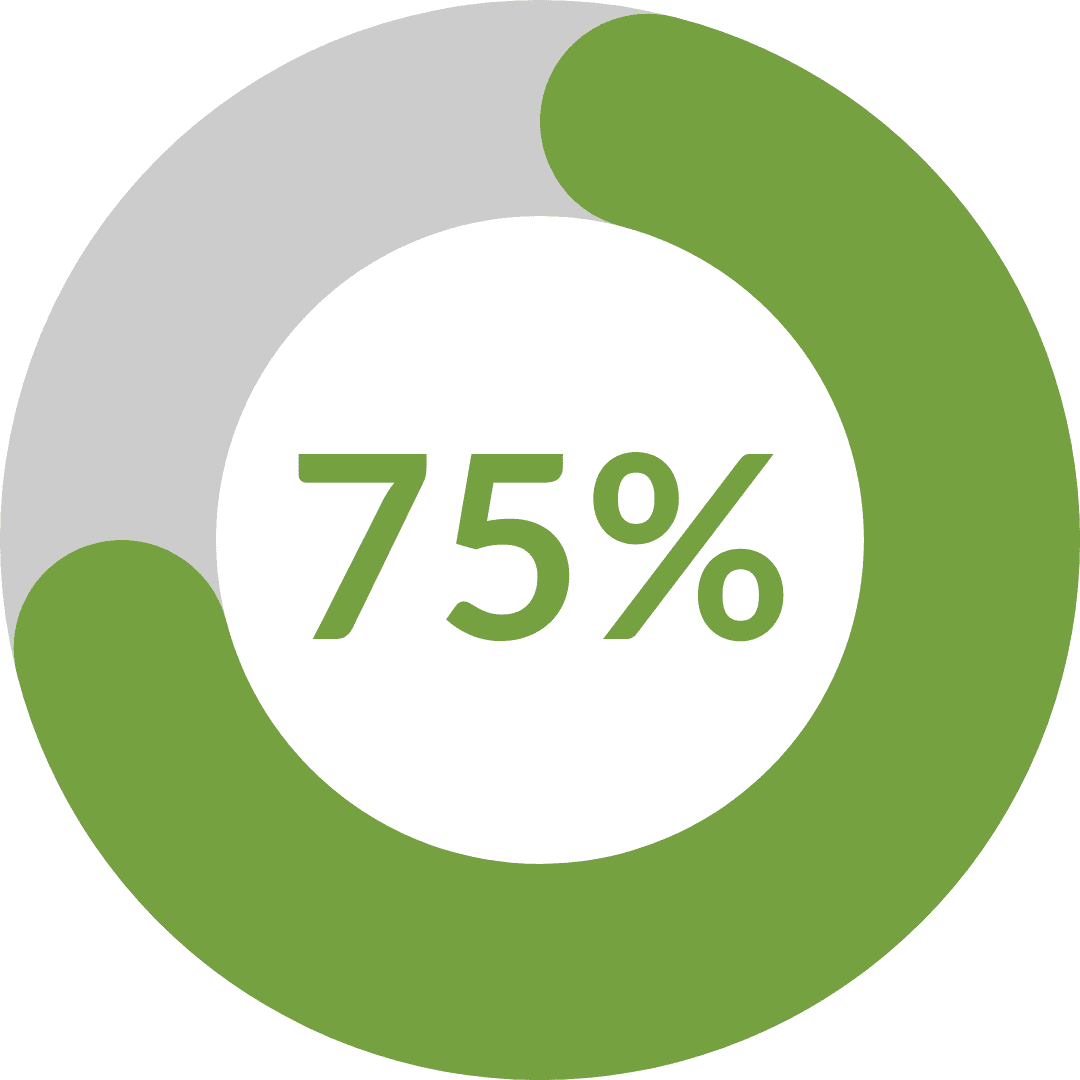Bold Brand Ideas: Leveraging Influencers for Market Research and Product Development in B2B
A staggering 82% of decision-makers consider B2B marketing monotonous and repetitive, while a mere 1% believe it demonstrates a meaningful understanding of the human experience. As new generations of decision-makers and buyers emerge, B2B marketers are constantly seeking innovative ways to disrupt the sales cycle and stay ahead of digital trends.
Cue: Rubix Foods [client], a premier culinary and food science-focused provider of flavor and functional ingredients to restaurants. Together, we’re reimagining the power and purpose of influencers in the B2B world.
Rubix’s newly launched NEXT Flavor Network underscores how B2B marketers can harness the potential of social media influencers to gain valuable market insights, conduct audience research and develop new products. By partnering with taste-making social influencers who have a strong Gen Z following, Rubix Foods is tapping into authentic conversations and preferences that traditional data-mining methods might miss. These insights will arm Rubix to bring pre-approved, highly anticipated menu concepts to its customers.
The inaugural members of the NEXT Flavor Network include Alexis Frost, Matt James, and Nate Llorin. These influencers have collectively amassed over 5 million followers across TikTok and Instagram, with nearly half of their audience comprising Gen Z users. Frost and Llorin are known for their viral in-car food reviews and menu hacks, while James, a former star of “The Bachelor,” has gained recognition as a prolific foodie on social media.
The foodie influencers are helping create the next viral menu item for QSRs, tapping their audience for ideas. Check out the first round of content:
Working with influencers who reach your customers’ customers offers several key takeaways for B2B marketers:
1. Enhanced market research:
By collaborating with influencers who have a significant following in your customers’ target demographic, you can gain unfiltered access to their wants, needs and preferences. This real-time feedback can be invaluable for product development and marketing strategies.
2. Pre-validation of concepts:
Influencers can serve as a sounding board for new ideas, allowing you to test and refine concepts before presenting them to clients or bringing them to market. This can significantly reduce the risk of launching unsuccessful products or campaigns.
3. Product development collaboration:
By involving influencers in the early stages of product development, B2B marketers can create offerings that are more likely to resonate with their end customers. This collaborative approach can lead to innovative solutions that address unmet needs in the market. Influencers can bring diverse perspectives to the table.
By integrating influencers into the research and development process–not just marketing promotion–B2B marketers can create a feedback loop that informs every stage of the product lifecycle, from conception to launch and beyond. This approach not only helps create more relevant products but also builds credibility and trust with buyers.
Industry Insights: B2B Buyers Find Video More Compelling; Cue: TikTok
LinkedIn has seen tremendous growth in 2024, with the topic of B2B influencer marketing dominating headlines. But what’s next?
Despite its explosive growth and cultural influence, TikTok remains an underutilized platform in the B2B space. Only 26.9% of marketers currently use TikTok for B2B influencer campaigns. This presents a significant opportunity for forward-thinking brands.
Further, data from the International Data Corporation (IDC) shows that 84 percent of C-level and VP-level buyers use social media for B2B purchase decisions. Today’s sales cycle is much more passive. It’s largely information gathering from expert sources online.
But why TikTok of all places? As younger decision-makers, who are digital natives, continue to rise in the corporate ranks, TikTok’s relevance in the B2B landscape can’t be ignored. We’re seeing technical + business-related industries like financial services outperform core consumer categories like beauty, health, fashion, alcohol and home decor.
Testing TikTok can help B2B brands break through the clutter and connect with previously hard-to-reach decision-makers on a more personal level. After all, B2B buyers are people, too. They scroll through TikTok after (…and during) work.

of B2B marketers now find video content more compelling than traditional formats like articles, case studies and infographics. (Semrush)
The platform’s algorithm promotes content based on engagement rather than follower count, providing B2B brands with a level playing field to reach a wider audience. If you’re consistently providing value-add content that answers questions, educates and entertains – you’ll reach your people. TikTok’s emphasis on trends and challenges provides B2B brands with an opportunity to showcase their expertise and thought leadership in a fun, engaging, non-salesy way. This not only enhances brand visibility but also fosters trust and credibility among potential clients.
As leaders recognize the value of social media strategies in traditionally sales-dominated organizations, TikTok’s unique opportunities will be essential for B2B brands staying ahead of the curve. That said, TikTok is a time commitment and difficult for brands to manage.
Influencers can be an interesting and easier entry point on the app that supports content and credibility goals. (See Rubix example above.)
Goals: Trade Media Drives Demand Among Gen Z Buyers
A fast track to awareness and credibility? Trade media.

of B2B marketers say increasing brand awareness is a top challenge in 2024. (Onalytica)
It’s tried and true; yet, often overlooked and undervalued compared to national media. That’s a mistake. New data from Demand Gen Report shows that there is an increased reliance on insights from industry experts, analysts and influencers in the B2B buyer journey. We anticipate this reliance on insights to skyrocket as younger buyers enter the mix. Buyers aged 25-44 make up 75% of business buying teams, according to Forrester research. This new gen of buyers has growing influence, too. Other Forrester research found that 43% of the most influential buyers in the purchasing process were born in 1997 or later. On top of that, Gartner research found that 75% of today’s buyers prefer a sales-free experience.
Translation: Gen Z is tired of sales messages filling their inboxes. They want to do their own research, self-educate and gather recommendations from people they trust before ever talking to a sales rep. Securing interviews and bylines with trade media allows B2B brands to comment on macro trends, pain points and opportunities that their targets face. It positions them as established authority figures — without any interaction.
Insights shared in trade media prime your pipeline.
Consider these benefits we regularly see for our B2B clients:
- Increased discoverability leading to direct lead generation: Our waste data client, Enevo, increased inbound interest from potential customers and hauler partners who cited seeing the brand in Waste360, Waste Dive and American Recycler articles.
- Shortened sales cycles + higher-quality inbound leads because strong PR placements lead to more informed buyers: This was direct feedback from an energy client whose sales team was expanding into a new region.
- Enhanced reputation that drives revenue: We secured targeted media opportunities for our client, Lextant, which resulted in 10 new business opportunities with global brands. These leads led to between $1MM and $1.5MM in new revenue directly tied to the third-party endorsement of the earned media, conferences and awards.
Mic drop.
DEI Download: Promoting An Inclusive + Accessible Work Environment For All
Since the pandemic, flexible work environments have become the norm in the corporate world, with more than 4.7 million Americans working remotely for half the time. Having flexibility in the workplace removes many barriers and provides optimal work schedules and environments. For example, neurodivergent employees benefit because it limits the burnout from overstimulation they can experience when having to adapt to the traditional work environment. Employees with physical disabilities benefit as they can customize their home offices to accommodate their individual needs while limiting the need to commute.
In fact, with the transition to remote work, the employment rate for people with disabilities has reached a record high at 21%. When your work environment prioritizes inclusion and accessibility, it allows for more diverse talent, benefitting not only the employees but also the employer. Remote work can also help with reducing workplace discrimination and providing employees with greater control over their environment, improving their productivity overall.
As we look to the future, it’s important that we recognize the need to create inclusive + accessible workplaces where all employees can thrive, including those with disabilities.


